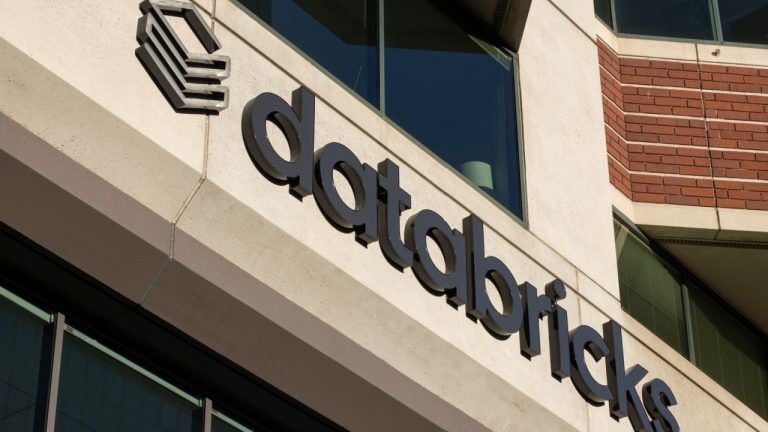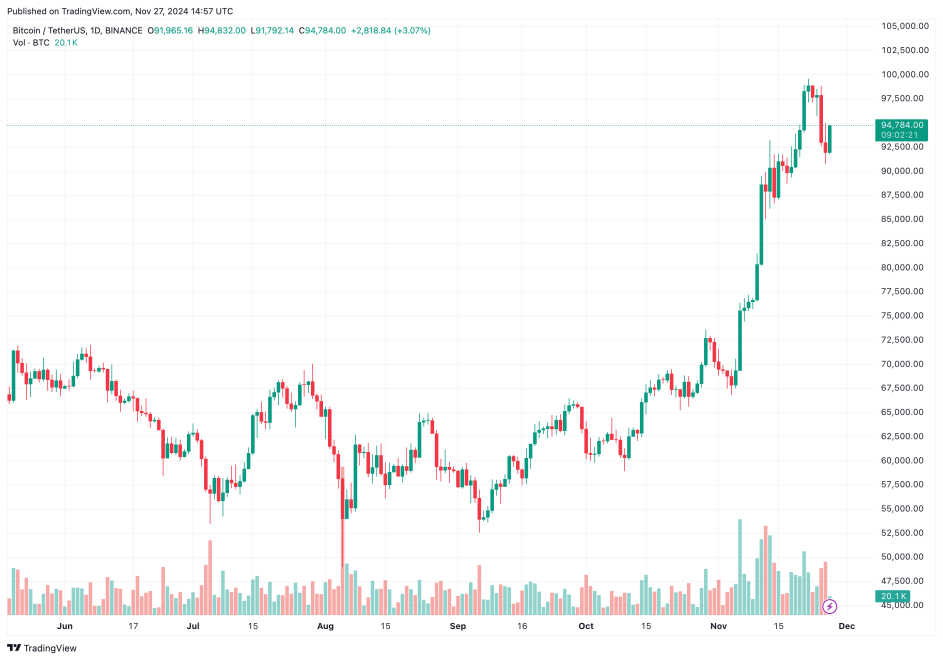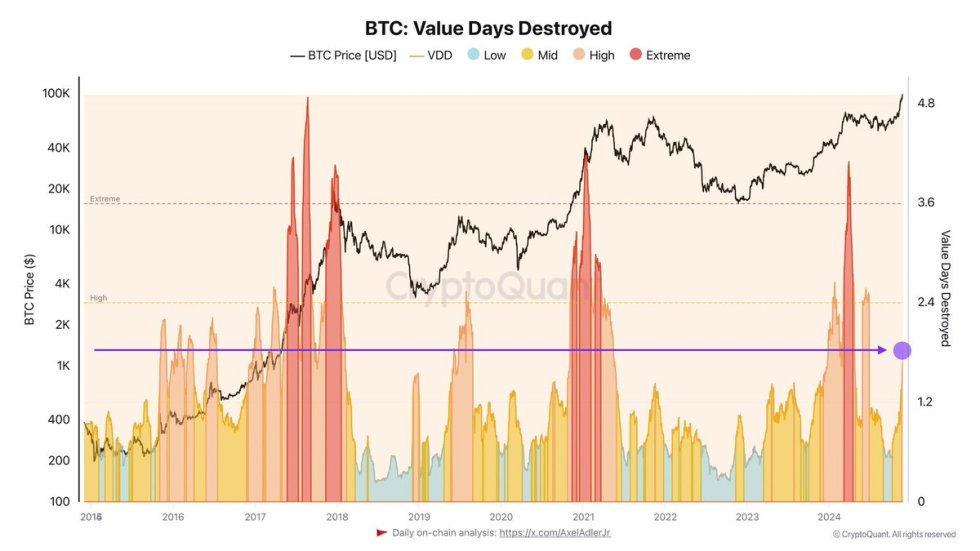The average block propagation time actually used to be more than 15 seconds before 2016, see the "Block Propagation Delay History" Graph at the KIT statistics website.
However, block latency was reduced drastically with the implementation of BIP152 (compact blocks) and, according to above source, is currently close to ~1 second for 90% network penetration.
As a result of this, stale blocks are much rarer, especially considering that nodes run by miners are likely to be well-connected to the network and would hear about new blocks faster than the average node. I don't know of a comprehensive collection of stale blocks though - see this stackoverflow answer by G. Maxwell why it would be hard to assemble this kind of data.
If that was an important part of their model, this paper may have analyzed a theoretical/historical version of bitcoin that has little resemblance with reality.

You can get bonuses upto $100 FREE BONUS when you:
💰 Install these recommended apps:
💲 SocialGood - 100% Crypto Back on Everyday Shopping
💲 xPortal - The DeFi For The Next Billion
💲 CryptoTab Browser - Lightweight, fast, and ready to mine!
💰 Register on these recommended exchanges:
🟡 Binance🟡 Bitfinex🟡 Bitmart🟡 Bittrex🟡 Bitget
🟡 CoinEx🟡 Crypto.com🟡 Gate.io🟡 Huobi🟡 Kucoin.



















Comments